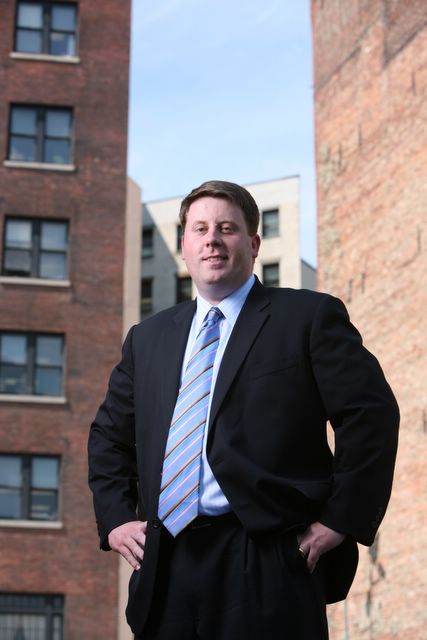Lessons from Sago, WV Mine Tragedy
I found this article, from "Editor & Publisher" to be thought-provoking and relevant to journalists, public relations practitioners, and business executives:
Mine Rescue Lesson: Just Say 'Don't Know'
By David D. Perlmutter
(January 05, 2006) -- In the wake of the Sago mine tragedy, perhaps a new category of Pulitzer Prize should be created to honor the journalists or news managers who caution that a story is not ready for prime time or publication. Unfortunately, the winning reporter or editor would likely soon be out of a job at a big time network or newsroom.
"Journalism," claimed former Washington Post publisher Philip Graham, "is the first draft of history." But when I set my students, as an exercise, to factually verify initial media reports of major news events they are shocked. From the Tiananmen uprisings and government crackdown to the flooding of New Orleans, they find the same sad tale. The first draft is full of errors.
The need to reevaluate how journalism produces and delivers a first draft of news is made even more imperative by the twin disasters of Sago, West Virginia. First, there was the explosion in the coal mine, which apparently led to the eventual death of at least a dozen trapped miners. The second calamity was the false story that most of the miners had survived and were being rescued.
In perspective, the media did not create the rumor that the miners were safe. Miscommunication, misheard phone exchanges, and optimistic gossip probably lay at the root of the bad information. Officials, too, were at fault for not immediately clarifying what they knew and what they did not. But the fact is, most Americans, including probably people who knew the miners, believed the three hours of saturation news reports on television and the Internet that the miners were "rescued."
Did any news producer or editor decide not to run the "safe!" story,
arguing, "Whoa, no one has confirmed this. Let's not run the rescue angle until we get 100 percent confirmation. Until then, let's just say we don't know."
Modern newscraft, addicted to technology, worships the god of speed. Laptops, satellites, and cell phones make live-from-ground-zero reporting alluring. But the problems instantaneousness creates can not be ignored.
The rise of 24-hour news demands that every minute of the long news day be filled with sensational items. I am old enough to remember taking alarm when an anchorman would cut into regular programming, to the accompaniment of a thumping Telex rhythm, intoning soberly: "This just in: Breaking news." Now, it sometimes seems, on CNN and Fox News the anchors and the streamer graphics announce significant "breaking news" two or three times between every commercial break. As a result, we have lost all perspective about what is an important story and, more vital, what is most important about a news story: getting the facts right.
My colleague Andrea Miller, who specializes in studying breaking news, and I have found the public to be turned off by the clutter of too much breaking news and the sensationalism attached to mundane stories. They also resent the barrage of stories that may be visually interesting but hardly constitute important news, like, say, the ubiquitous California highway police chase. In one study of people's reaction to hypothetical breaking news stories, we found that people were largely uninterested in which news organization was first with the report. Yes, there were exceptions: derailed tanker spilling deadly chemicals; tsunami headed for one's city.
But for almost every other type of news report, people had two demands. The first was accuracy -- that they were being told the truth, and if not the whole truth at least nothing but the truth. Second, people wanted relevance, knowing that the hyped-up news item was objectively of importance in their lives, not just eye candy.
The twin tragedies of Sago, West Virginia suggest that the god of speed must be thrown down and that accuracy and relevance should become the preeminent standards of serious journalism. In an era when many newsworkers are wondering about their future, giving the public information they trust, respect and need is both good journalism and good business.
-----------------------------------------
David D. Perlmutter (letters@editorandpublisher.com) is an associate professor of Mass Communication at Louisiana State University and a senior fellow at the Reilly Center for Media & Public Affairs. He is the author of "Policing the Media" (Sage, 2000) and editor of the policybyblog website.


0 Comments:
Post a Comment
<< Home